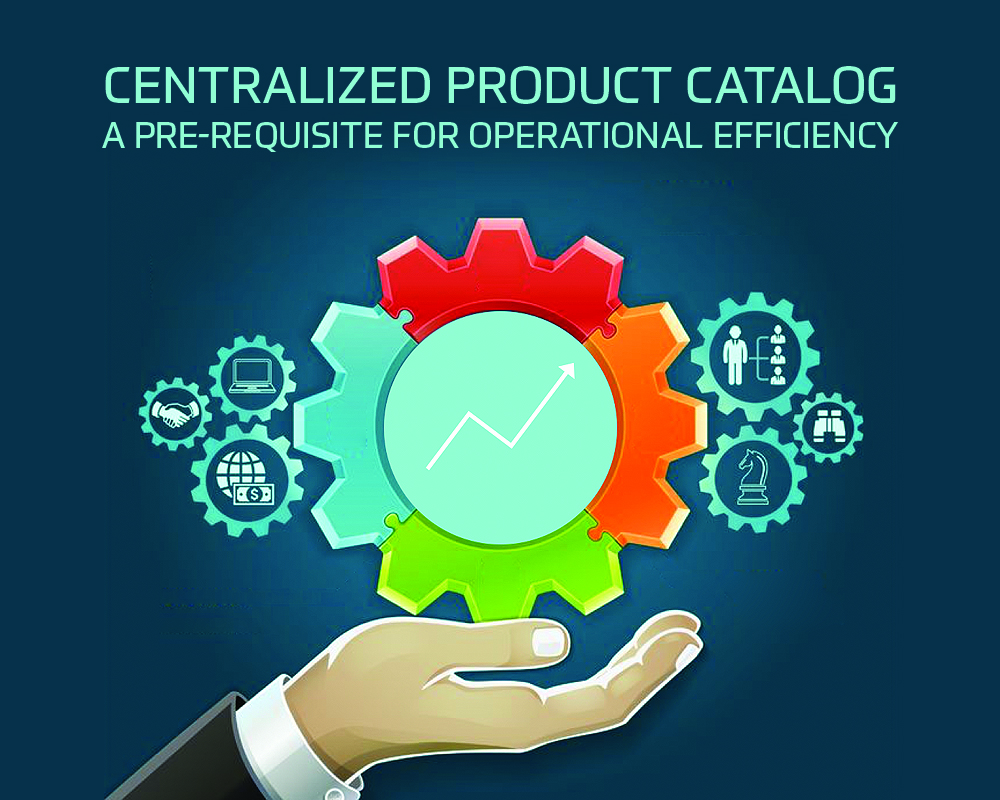In today’s real-time data driven operator scenario, every telecom service must create next generation products and services in shorter time to derive ability of differentiating products and services, and gain the agility needed to succeed against competitors while maximizing their revenue streams.
Below are few drawback of maintaining multiple product catalogs:
- Operational difficulty: Various products from several vendors may exist on multiple systems. For e.g. there are different systems in place for fixed line services, mobile services, and cable TV services. All these segments require sales support, customer care support, etc. Customer service executive uses same CRM system to handle complaints, which require him/her to access all product information scattered across different locations. In multiple product catalogs, this becomes an issue.
- Integration with new systems: Old and the new systems may often use different terminologies for the same aspect of the product making integration difficult. Lack of interoperability hinders usage and interpretation to and from old/new systems.
- Duplication: Product managers have to lay down same configurations for different products. Inheritance of product features is not possible, and this leads to more data on the part of different systems.
- Product information at multiple databases: Multiple product catalogs store information at various locations, which becomes quite complex. Product manager has to browse for product data across sites leading to inconsistency in product information. Only through a centralized product catalog the operator will be able manage products centrally that speak the same language.
- Unsatisfactory customer service: Presenting incorrect price, delay in service, etc. may occur due to lack of proper product data management. Versatility with a good user interface, product transition from design-test-live-to obsolescence stage till expiration is necessary.
- Delay in launch of new services: A Separate product model is created in legacy systems to configure different types of services. When a new product or offer is designed the product specialist has to repeat and configure the same work multiple times in different applications for different departments. Complex Product mapping across application results in delay in launch of new services.
- It enables in offer creation, pricing, discounts, service and resource specifications
- Centralized view of product offer, service specifications, pricing attributes and resource alignment through web based GUI from where plans can be easily added and modified
- Centralized configuration driven architecture, automated push of product data to CRM & downstream applications to reduce manual work and costly development
- Faster Time to Market for new offers, products and services
- Reduced total cost of product development and maintenance
- Improved data quality & data integrity between all applications by removing old & redundant data
- It helps multiple product owners to seamlessly collaborate and manage product with one view functionality
- It helps operators to create new market differentiations and further fine-tunes market segmentations.















